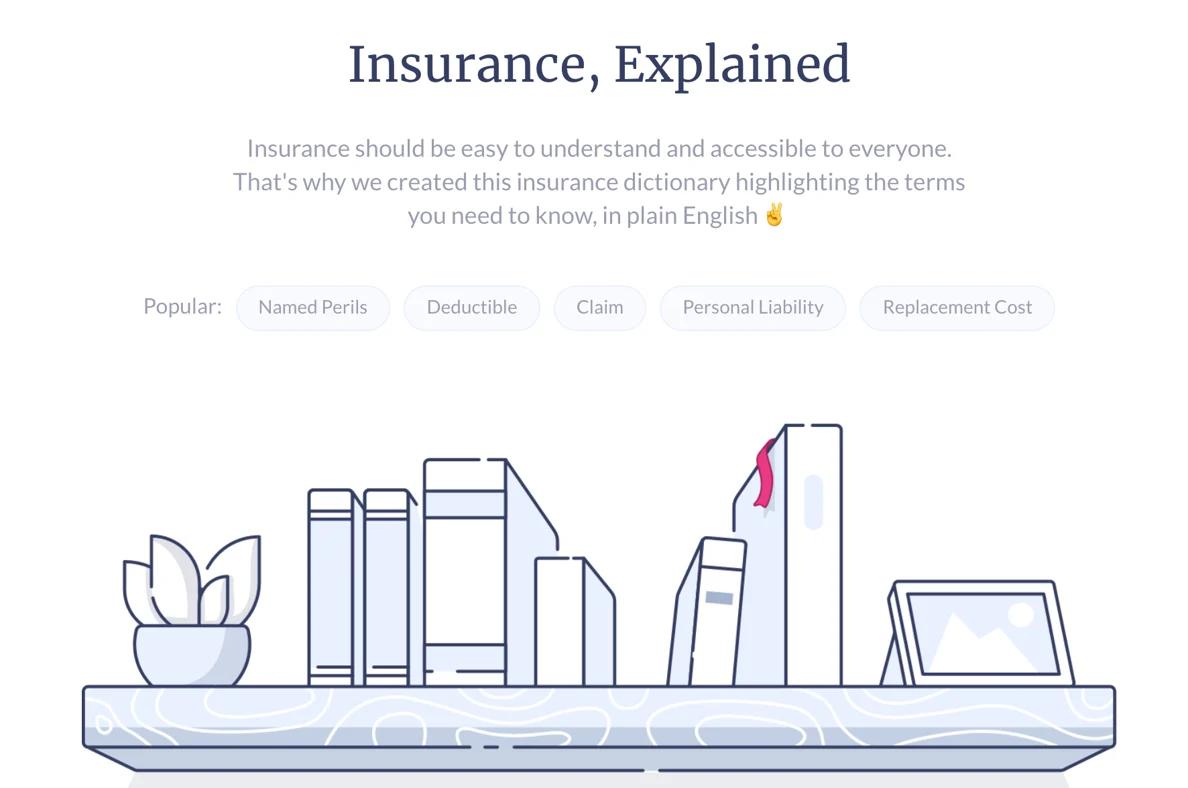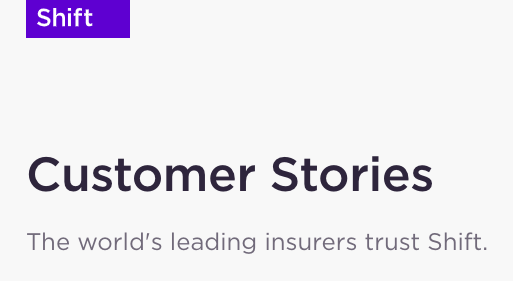
3 Tips for Insurance Technology Content Marketing (+ Examples)
3 Tips for Insurance Technology Content Marketing (+ Examples)
Alyssa Patzius, VP of Sales • Intero Digital • October 13, 2021

Content marketing is a powerful strategy to connect with your audience and generate more leads and revenue. Just look at the data from DemandMetric:
- Content marketing costs 62% less than traditional marketing efforts.
- It generates three times as many leads.
- Seventy percent of people prefer to learn about a company through articles, not advertisements.
Before you say that these insights can’t be applied to the insurance industry, consider McKinsey & Co.’s “Digital disruption in insurance” report. In it, McKinsey stresses the importance of insurance companies fostering online presences to effectively reach potential clients, boost exposure, and ultimately survive and thrive.
In fact, 69% of insurance consumers search online before making a purchase, and 68% didn’t have a particular company in mind when they started searching. Additionally, 96% of insurers think digital ecosystems are having an impact on the insurance space. This means that insurance technology companies have the opportunity to tap into content marketing to get their content in front of their target audiences and generate more business.
To give you some inspiration as you start prioritizing content marketing as part of your overall marketing strategy, here are three tips for content marketing in the insurtech space (plus examples):
1. Lay off the jargon.
The insurance industry is rife with jargon, and there are plenty of complicated processes and terms that can be tricky to understand. That’s why it’s important for companies — especially those targeting consumers — to make sure their website and all of their content marketing materials are easy to understand and interact with.
Lemonade is a great example of this. The company provides a technology-driven insurance experience that offers renters, homeowners, and pet health insurance.
The company’s website is brought to life through a clean, animated design, and the option to “check our prices” is front and center on the homepage, along with customer reviews. The rest of the website is chock-full of helpful content, including a blog, an FAQ page, and transparency reports. But what stood out to me was the insurance dictionary.
To quote Lemonade: “Insurance should be easy to understand and accessible to everyone. That’s why we created this insurance dictionary highlighting the terms you need to know, in plain English.” This page arranges the insurance terms in alphabetical order, and the simple design makes for a seamless user experience. Plus, at the top of the page, visitors can see five of the most-reviewed terms.

Content like this can serve multiple roles within an insurtech company’s content marketing strategy. Sharing this kind of helpful information can position your company as a trusted expert in your industry, educating your audience can lead to more qualified leads and more educated customers, and answering common industry questions can help your website rank in search results for those queries.
2. Don't neglect audio.
Over one-third of U.S. adults listen to podcasts monthly, so this format is a great way for insurance tech companies to reach their audience members, particularly while they’re on the go.
In addition to its blog, whitepapers, customer testimonials, and videos, Slice (an on-demand insurance cloud platform provider) offers the “Freshly Sliced” podcast.
Slice’s audience can listen to the podcast to learn about trends and insights on the insurance space’s future. This type of content showcases Slice’s authority in the industry by sharing insights on where the industry is headed and featuring insurtech and fintech experts.

3. Showcase what you can do.
HubSpot’s 2020 “State of Marketing” report found that 13% of marketers say that case studies are one of the primary formats used in their content marketing strategy. This makes them the fifth most popular type of content, behind visual content, e-books, and blogs.
Showcasing case studies of how your services have helped real companies achieve their goals and improve their businesses is an effective way to reach your audience through content and illustrate how you might be able to help them, too.
Shift Technology, a software-as-a-service solution that helps insurers automate claims and defeat insurance fraud, uses this method well. The company takes a data-driven approach on its website, showcasing statistics on the number of claims analyzed, the average amount of time before clients see ROI, the accuracy of Shift solutions’ fraud detection, and more.
On top of that, the website features customer testimonials on the homepage, as well as a page dedicated to customer stories. These customer stories illustrate how Shift’s offerings have helped its clients detect and prevent fraud and derive value in terms of increased cost savings and brand trust.

For many in the insurance space, it can be difficult to envision how content marketing can help you generate more customers. I hope this article helps you plan effective content initiatives that works toward your goals.
